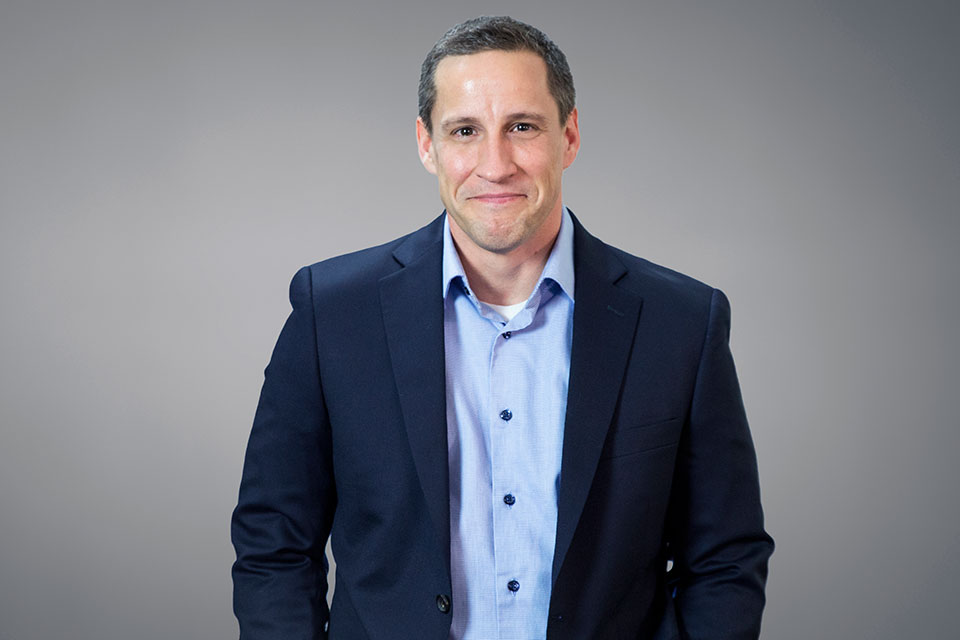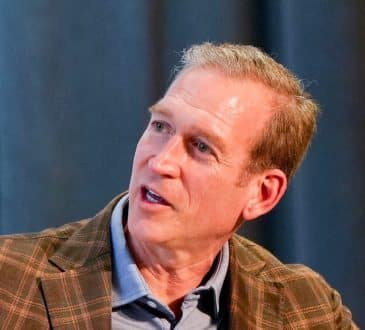3 Leadership Lessons I Learned by Becoming Company President in 2020

In July of 2020, three months into the pandemic, I stepped into my first company-leading role as president of Nvoicepay. The whole time I’ve been in the role, we’ve been almost entirely remote. I came in during a time of growth and transition for the company, so, like me, the majority of the leadership team were new in their positions. Many employees were also new to the company.
We’ve been fortunate in that our solution—automated supplier payments—is something that finance and accounts payable departments needed to help them get through the remote work efforts of the last year, so our growth accelerated during the pandemic. We’ve hired about a third of the company during the past year. Many of these employees have never been in the office or met their coworkers face-to-face.
It’s been incredibly challenging, but I’ve only heard good feedback from employees about our onboarding and the level of engagement. Our People and Culture team conducts regular employee surveys and have continued to score well on many important measures throughout the past year. We measure engagement by questions like: “How many people attend company-wide meetings?”; “How many people engage during the meeting?”; and “What kind of qualitative feedback do we hear?” That’s all been positive. While we’ve lost some employees from the obstacles of COVID-19, our retention rates have been steady.
I can’t compare and contrast what it was like to lead a company before and during the pandemic, but I can share three lessons I learned during this time that my team and I will carry into the future:
- Culture carries the day.
- Storytelling unites.
- Leaders need to be present.
Culture carries the day.
The most important aspect of running a business isn’t maintaining or expanding the productivity of your staff. Instead, it’s to maintain your company’s culture and spirit.
My predecessor, Nvoicepay co-founder Karla Friede, established a wonderful culture and it’s a big part of the reason a lot of us came here and love working here. It’s very collaborative. We’re all focused on solving problems and determined to figure out how we can help each other and our customers. It’s a culture where we trust that the other person’s intentions are pure and that we can rely on one another. Everyone leaves their egos at the door.
So, rather than say, “Hey, this is a new day. Everything is going to change,” I doubled down on talking about what made us great, and reassured people that we would continue to live by our core values, and even elevate them. This created a sense of stability and an internal compass as we headed into the uncharted territory of 2020.
Storytelling unites.
Nvoicepay maintains a very active peer recognition program, where we encourage employees to recognize each other cross-functionally. For instance, people can give company-wide shout-outs to colleagues who helped on a project. We have a peer recognition wall in the office, and we would also share recognition via email to account for remote workers. That’s been a critical component of fostering a spirit of collaboration.
We’ve also added a monthly recognition program around what we call our “pay it forward” values. In our monthly all-hands meeting, we have a leader from each group talk about something that embodies our values that they saw another group demonstrate. For example, Sales might share something Ops did to really save the day. We do it in a storytelling format, which gives people insight into what really transpired so they can see and understand why it’s such an important achievement to recognize.
I think of it as sitting around the campfire after we’ve been out in the woods for a few weeks to talk about what happened—even though we actually do it in a virtual town hall. While we’re presenting, the chat box is full of people cheering each other on. It’s a very cool experience. Even though we had a virtual component to our all-hands before the pandemic, we never saw that kind of engagement.
Leaders need to be present.
I knew that leadership needed to step up in during the pandemic, so in the beginning, the leadership team deliberately over-communicated in order to let people know we were there and available. We made a point of having every leader report out in the all-hands meeting, instead of just one or two groups. We let people know that things were going well, and that we were going to be okay. That helped set the tone, because if you see your leader scrambling or frustrated or scared, it impacts the whole team.
And, even though our schedules were busy, we made it a point to go to as many things as we could, even the virtual social events that each team was putting on. I never realized how powerful that could be until Angela Anastasakis, our SVP of Operations and Customer Success, pulled me into some of her team’s social events.
I saw how she made time not just to be there, but to be fully present and engaged no matter what kind of day she’d had. I could see how much people appreciated her being there. And that flipped a switch for me to look differently at this kind of meeting. Every leader’s calendar is crammed, and “fun” social events sometimes get pushed aside. I realized it’s really important to commit to those engagements, even if you have to miss another meeting. It’s always worth it.
These lessons might seem obvious, but I’m honestly not sure how much emphasis I would have placed on doing these things had I taken the helm during a time of business as usual. As with every leader, prioritization is always a challenge, and there’s always some fire to put out. I might have tended to assume the culture was on autopilot, for example, or let our amazing People and Culture team take care of it. I might not have started the storytelling tradition. I might have considered employee social events optional.
We knew that our biggest challenge was going to be making sure people still felt connected to their teams, and to the larger group. That was the fire drill because productivity and profitability are a function of employee engagement.
We’re going to be faced with this challenge for the foreseeable future, especially with the flexible work environments that we are offering our employees. During the pandemic, maintaining and encouraging employee engagement rose to the top of the leadership agenda. The biggest lesson learned is to keep it there even as we enter the new normal.
Written by Josh Cyphers.
Bring the best of the CEOWORLD magazine's global journalism to audiences in the United States and around the world. - Add CEOWORLD magazine to your Google News feed.
Follow CEOWORLD magazine headlines on: Google News, LinkedIn, Twitter, and Facebook.
Copyright 2025 The CEOWORLD magazine. All rights reserved. This material (and any extract from it) must not be copied, redistributed or placed on any website, without CEOWORLD magazine' prior written consent. For media queries, please contact: info@ceoworld.biz








